eMagazine executive education open programs
Open programs evolutions: what should stay and what should go
The last few years were a real moment of change for the role of education, and the world of open programs was not excluded: the challenge now relates to understanding which of the phenomena recently witnessed are supposed to become permanent and which are likely to go away.
Antonella Moretto, Associate Professor and Associate Dean for Open Programs at Polimi Graduate School of Management
The last few years were a real moment of change for the role of education, and the world of open programs was not excluded. Just a brief definition: with the term open programs, I mean master programs available on the market and targeting the B2C world. As master programs, they could cover from 1 to 2 years, in case they are respectively full time or part time.
Over the last years, in the education on open programs, we saw three hot topics circulating.
During the first lockdown, the only discussion topic was online learning and how to make it as effective as face-to-face learning was.
Between the first and the second lockdown, the new issue became hybrid learning and the need to simultaneously manage people in presence and people online. The purpose was to give to anyone the possibility to attend classes the way they preferred, while always worrying about how people online could feel isolated and feel that they were getting a learning experience not effective and not valuable.
Finally, over the last months, when it became once again possible to go back to face-to-face classes, the key point of discussion became how to bring the students back on campus, as they apparently were not finding a reason for doing this anymore. This is a shared problem among different schools internationally.
The scenario has changed a lot of times in a pretty short period, and this is a fact. The purpose of this short paper is not to discuss what is the most effective teaching method. The key takeaway point is that, whether we want it or not, the world of open programs has changed, and now we are struggling to understand which of the phenomena recently witnessed are supposed to become permanent and which are likely to go away.
I present here, without any purpose of completeness, my personal list of four key points that I believe are supposed to remain central in the following months.
Digital is no more the byword for evil
Before the pandemic, when we already offered some online programs, a typical question was “could you reassure me that in the diploma it is not mentioned that this was an online program?”. During the first wave of the pandemic, a typical question was “could you reassure me that the graduate school is planning to come back to face-to-face classes or otherwise could you refund me?”. Now… There simply are no questions like these anymore.
Digital became accepted as a powerful learning tool and people simply expect to have the support of digital to expand their opportunities.
The old-fashioned dichotomy “either online or in presence” simply lost all sense. Now, for open programs, it really doesn’t looks like a matter of how you deliver education, but rather of how you are planning to do so.
A new why for a new world
Now that digital is accepted, it is also very clear that there are wonderful online resources available to learn something new, always up-to-date and very often free of charge. Does this mean that attending a master has lost all its sense? The answer is (hopefully) no, but we must be ready to offer something more than contents, and something more than support to placement.
Attending a master is a “once in a lifetime experience” and should be managed as such. For a junior, it could mean living an experience which is more relevant than ever; for an executive, attending a master could be not a matter of career anymore, but rather a matter of personal satisfaction.
Experience is more critical than content
As written before, for months the “riff” was the desire to come back on campus; when this was possible, the apparently incomprehensible consequence was that the classes remained empty. Someone connected this to a stronger laziness of people, and maybe this is also part of the story. Anyhow, people are lazy when they do not care about something, when something is not providing them real value. Students have understood that they can also learn from home and that this is more than enough to get contents. This means that we need to focus more on the experience, on our capability to offer something more, to offer something memorable in which students are the protagonists and not simply the spectators. Someone says that education should be a blending of content, network, and fun; we devoted a lot of time to content, we exploited our resources for network, it is now time to introduce also the component of fun.
One-to-one caring and the role of pastoral activities
Since students find themselves everyday more in a liquid environment, without a real distinction between online and offline, if we want to provide a value for education, there is a growing need to pay attention to one-to-one activities and pastoral caring. Students want to feel as people, to be supported in designing their own experience, in identifying what it matters more for them. In this field, although new technologies could provide a lot of support, the human touch becomes more relevant than ever.






